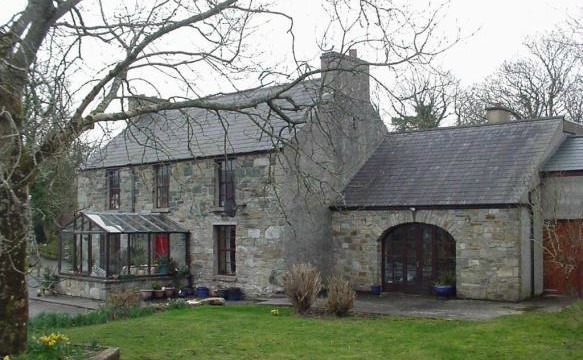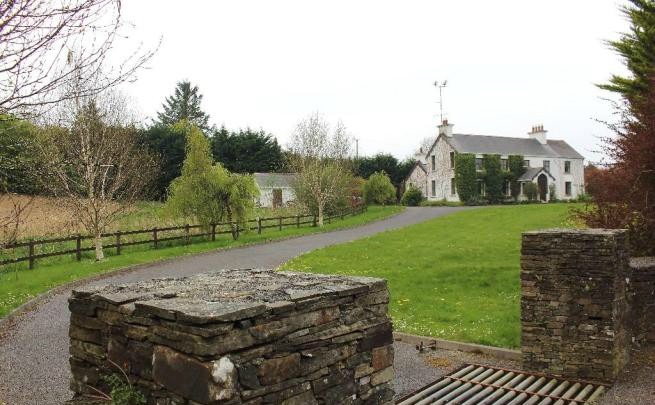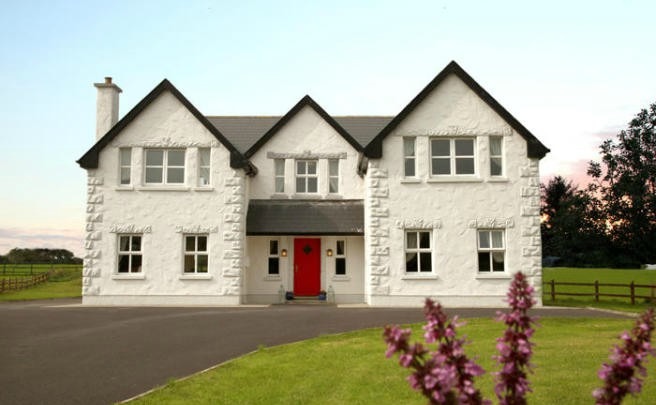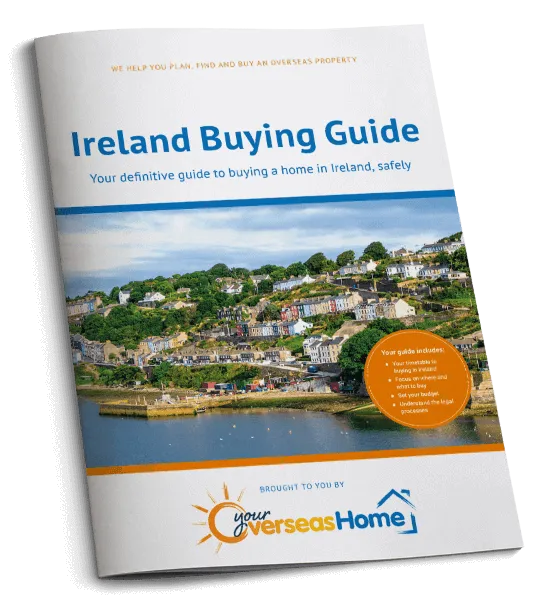This week, we take a look at Irish property prices, offer some suggestions for the most affordable places to live, and some predictions for how the market is likely to perform in the months to come.
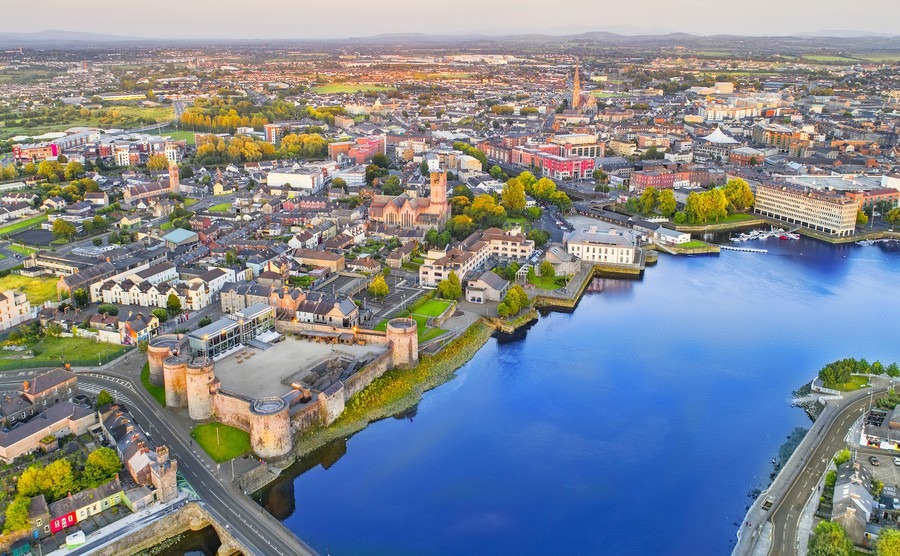
Limerick; could prices rise by 20%?
Last year Ireland enjoyed significant growth in home prices. Nationally, the cost of property rose by over 10% and in Dublin by 11%. While asking prices did drop towards the end of 2017, this is typical of the end of Ireland’s financial year.
But what can we expect prices to do for the rest of the year? And where will we find bargain properties even in three of Ireland’s most desirable locations?
Mismatched supply and demand
At the end of 2017 the median asking price of property across Ireland reached €242,000 (£215,00). Outside Dublin the average was €195,000 (£173,365), and in Dublin things were much higher at €330,000. Managing Director of MyHome.ie, Angela Keegan commented: “At the end of the year (2017) the number of properties listed for sale had fallen to just 18,900. This is a fresh record low, down 9.4% on the year – representing less than 1% of the housing stock. Not surprisingly the average time to sale agreed was just 3.8 months nationally and 2.8 months in Dublin. These figures show that whatever stock is for sale is sold ever more quickly.”
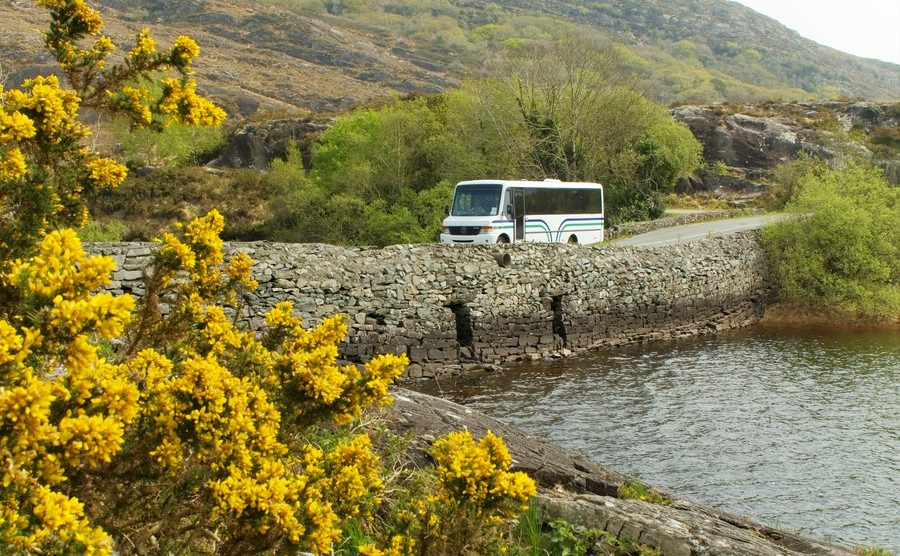
Your daily commute, in Killarney
Predictions for 2018
1 – Prices to rise across the board
According to The Sunday Times Property Price Guide for 2018, which provides an extensive overview of the state of the Irish market, property prices in parts of Ireland could go up by as much as 20% over the course of 2018. Another guide predicts the average increase across the country to hit 8%. The only area that the guide predicts will see a decline in prices is Donegal, with fewer buyers hopping over from Northern Ireland pre-Brexit to snap up properties across the border.
If it seems like a good time to get into the Irish property market, it will be even better if you can get a good bargain. Read our guide, How to Negotiate Abroad.
In Dublin, property analysts estimate that the average property cost will rise between 5 and 10%. In its most desirable areas, including Dublin 4 and Dublin 12, values could shoot up by as much as 15%. These increases are being attributed to lack of housing stock within the city, which is an issue that could ease slightly over the coming year with the completion of big developments in Dublin 24, Boland’s Quay in Dublin’s popular docklands area and in Raheny, a northern suburb of the city.
Elsewhere in Ireland, it’s a similar story in terms of price hikes. In Cork, prices are being predicted to increase by 8-10%. In Limerick’s suburbs prices could rise by as much as 20% over the course of the year. In Galway County, prices are expected to rise by 8%, but as much as double that within the city.
If it’s bargains you’re after – look to the countryside!
Prices are now “within a year or two of reaching their 2007 peak”, says Ronan Lyons of Trinity College Dublin. At least in urban areas: “Outside the main cities and the Greater Dublin Area, the typical region has prices that are still 45% below peak values,” he said. If it’s bargains you’re after – look to the countryside!
2. Price rises, but slower
Stricter lending rules could slow down the pace of price rises. A new report produced by MyHome.ie has predicted that house prices will rise throughout 2018, but the pace at which they are set to do so should slow. They predict house price inflation reducing to 6 or 7% as lending rules and the end of mortgage interest relief, kick in.
3 – Buyers back in the market
One significant advantage of Ireland’s rising house prices is that it has dragged all but 9% of all Ireland’s owner-occupiers out of negative equity. As a result of having greater equity in their homes, the market is likely to be stimulated by people considering moving house now that they can afford to do so.
Over the coming decades, Ireland will move from 65% urban to between 80 and 85%.
4 – A focus on urban housing
Ireland’s jobs market is very focused around the larger cities and – the country’s public transport is less extensive than in the UK – demand for housing is far higher in urban locations. Even more people are likely to move to the cities, according to the Daft.ie report. It predicts that over the coming decades, Ireland will move from 65% urban to between 80 and 85%. Ireland’s National Planning Framework sets out how Ireland will grow over the next twenty years. The government says: “By 2040 we expect that an additional one million people will live in Ireland, an additional two-thirds of a million people will work here. These are huge increases.” The plan is likely to include measures to prevent urban sprawl. If not, housing demand and growing prices could remain a problem. However, the government is committed to improving access to rural communities, which sounds like great news for rural loving international buyers.
Affordable + Accessible
Donegal
For affordable prices, unspoilt scenery and being able to tell people (and potential renters) that you live in the place National Geographic named, ‘The Coolest Place on the Planet’, consider Donegal. Prices are below the national average, with a median price of just under €100,000. The natural beauty of Donegal includes Blue Flag beaches, islands and the Wild Atlantic Way. With a population of just 150,000, it’s ideal for anyone wanting to escape the rat race. Donegal may feel like the wilderness, out on the edge, but you can drive from Dublin in three hours, Belfast Airport in two hours, and Londonderry in one. The area is also becoming a firm favourite with freelancers, as excellent Wi-Fi makes it possible for them to work remotely.
This stunning five-bedroom stone cottage enjoys incredible views of Knockalla Mountain and Mulroy Bay. Enjoy it while sitting in the mature gardens of your private one acre site. This property is a complete steal at just €175,000.
Mayo
For vibrant urban centres, incredible natural beauty and a wonderful quality of life, County Mayo is a winner. There are job opportunities within businesses from small to medium enterprises all the way up to major multinationals. Mayo has its own international airport, and an excellent rail service that connects all of the county’s major towns with Dublin. For the same price as a two-bedroom apartment in Dublin, buy a spacious four-bedroom house on a decent plot of land. Plus, you’re in the heart of the Connaught region, which means you’ll enjoy lovely views from every window. The average property price in the County as of January 2018 stands at €120,000 (£106,600).
This six-bedroom house is a bargain for just €510,000, and is located just a few minutes’ stroll from the banks of the beautiful Lough Corrib. The cottage boats 1.7 acres of private gardens. It has potential to be transformed into a B&B or fishing lodge if you’re in the market for a business opportunity.
Sligo
If you’re a music lover seeking a base in Ireland, Sligo is an excellent shout. You’ll be able to enjoy a thriving arts and culture scene as well as life by the sea, which is fantastic if you’re relocating with your family. There are great schools, sports teams and you can even try your hand at surfing if your upper body strength (and balance) permit it. If that sounds a little too active, Sligo is also brilliant for fishing, coastal walks, sailing and hiking. The average property price in Sligo Town currently sits at a wonderfully affordable €118,500.
This four-bedroom detached home is just two miles from Enniscrone and enjoys wonderful views over the surrounding countryside. The spacious property is on the market for €320,000.


